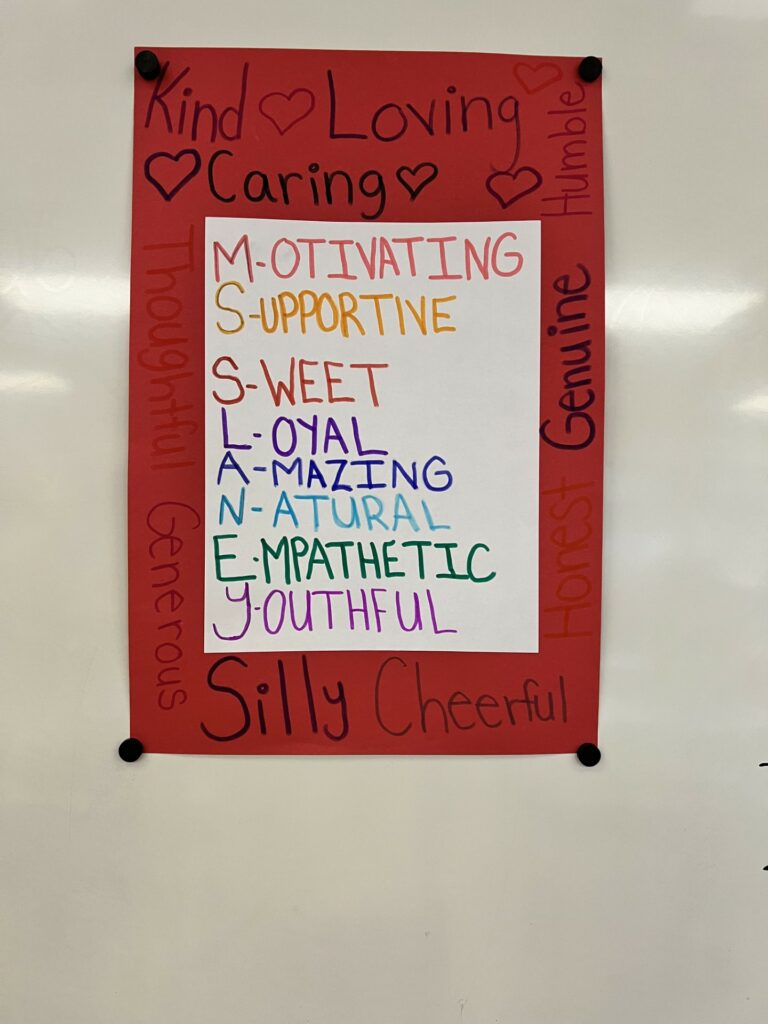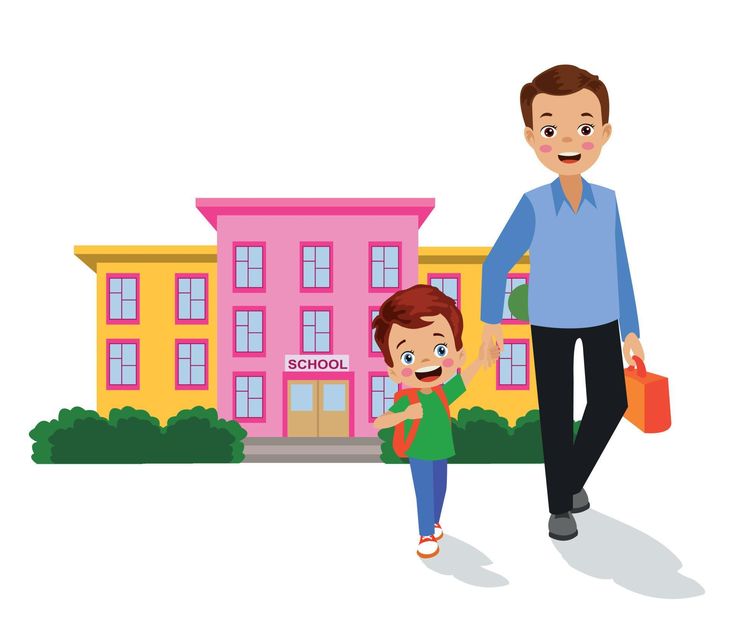“Educators value the involvement and support of parents, guardians, families, and communities in the school.”- Taken from BCTC’s Professional Standards for BC Educators
When I have previously thought about the contents of this standard, what would come to mind to me is always ensuring I am communicating effectively and efficiently with parents via email, phone, or other technologies and that I am taking note of any concerning behaviour a student is displaying to communicate this to the parents or guardians as soon as possible. I still believe this standard encompasses all of these things but after my practicum experience at Harwin Elementary, my coaching teacher opened my eyes to so many more ways parents can be incorporated into the learning that is occurring in the classroom. During the week leading up to Halloween, the class and I completed monster traps together. We completed the traps over two days- the first day we read “Monster Trap” to get students thinking about the type of monster they wanted to draw, create, and trap and students were then given time to create a blueprint of a potential trap and to think of the materials they would need to complete the trap on the second day. At the end of the day once students had had time to come up with a blueprint and a materials list, I asked them to talk to their families to see if they had any materials at home that they could bring tomorrow that would help them complete their traps. My coaching teacher and I brought materials for the next day to ensure there was enough for everyone to make a trap and it was very good that we did this because only two students ended up bringing materials to school with them.
At the end of the second lesson, my coaching teacher gave me a piece of constructive feedback- she said that it was good for me to ask students to bring materials from home to build with but I could have taken it one step further and typed up a note for the students’ parents to put in their planners so the families could know what we were doing in class, why we needed the materials, and what type of materials they could send their children to school with. I was so happy for her advice because I don’t think this is something I would have thought to do on my own. I got a chance to include parents once again in a lesson later on in my practicum. In this lesson, I was asking students to identify and write down some attributes and words they would use to describe themselves to use for an acrostic poem we would complete the next day. I then got students to put the paper of attributes in the front of their planner and sent each student home with a note for their guardians explaining what we did that day and asking them to sit with their children and come up with attributes and words they would use to describe them that weren’t already on the paper. I am so happy I did this because almost every student came back with a much larger list full of positivity and love. The success from these two lessons taught me something very important- as a teacher it is not only your responsibility to keep parents and families up to date on the negative happenings of their children in the classroom. You should have open and constant communication with the parents, guardians, and families of the students in your class on a very normal basis and understand that they can participate in lessons and be knowledgeable of the daily happenings to feel like a part of the classroom too.

